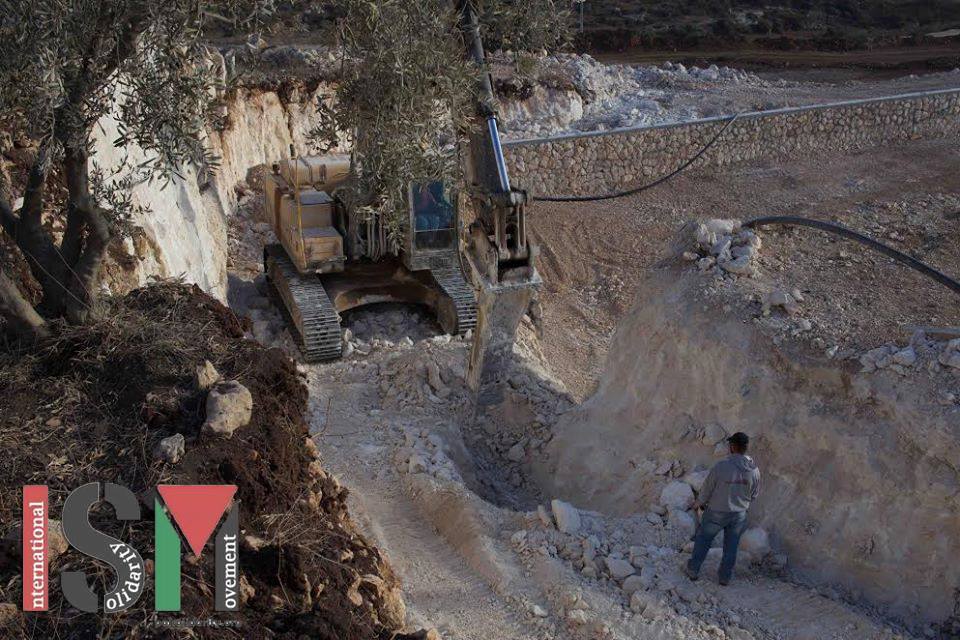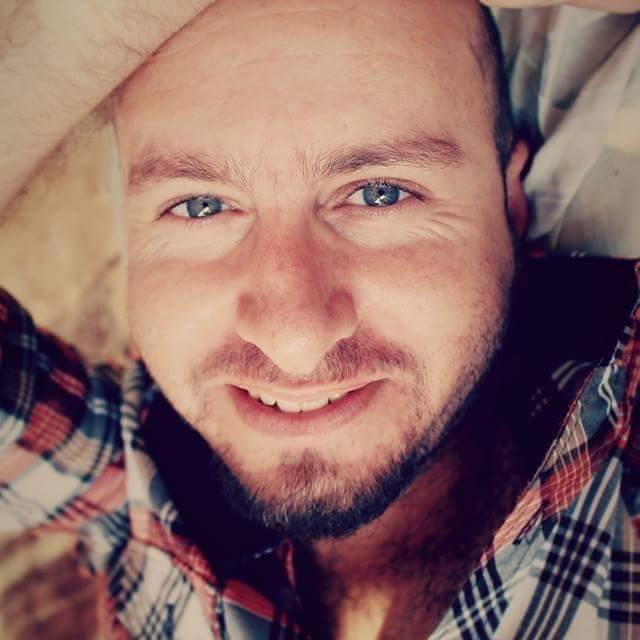Tag: International law
-
[Video] Notorious Israeli settler Anat Cohen harasses human rights activists
https://www.youtube.com/watch?v=lCCfHvCjA-M&feature=youtu.be
-
Olive harvest and Colonialism in expansion in Kafr ad Dik
12th November 2016 | International Solidarity Movement, Huwwara team | Kafr Qalil, occupied Palestine For the past six days, international activists joined a Palestinian farmer, Fares Deek, in the harvest of his olives outside Kafr ad Dik village, located inside Salfit governate. For the past 16 years, the area has been a target of expanding…
-
End medical apartheid: Israel banning entry of Gaza patient Abd al-Kareem
10th November 2016 | International Solidarity Movement, Gaza team | Gaza, occupied Palestine Abd al-Kareem Nahid Abu Halloub, a 32 year old paitent had a heart attack on 6/10/2016 and is in a coma for about 36 days now as a result of a sudden fall to the floor. He was convulsed. His health condition…


